Panellists from the gaming domain shared insights on the future of gaming in India and how to curate homegrown games that can excel on a global scale.
Esports is trending in a manner and will become as big as cricket
The opening day of the e4m Online Gaming Summit ‘Game ON’ saw the top and most influential of the online gaming industry coming together on a solitary virtual platform. There were plenty of engaging keynote & panel sessions which comprised discussions revolving around the Indian gaming industry & how developers can help take the industry on an international level.
The 2nd panel discussion on the opening day was focused on the topic ‘Decoding the Online Gaming Market in India’. The expert panellists for the session included Roland Landers, President, All India Gaming Federation; Naman Jhawar, Senior Vice President, Strategy & Operations, MPL; Sukamal Pegu, Ishaan Arya, Co-Founder, The Esports Club; Dinesh Sharma, Business Head, Commercial PC & Smartphone, System Business Group, ASUS India and Philippe Wong, Head of Marketing, Esports Players League (ESPL). Dr Annurag Batra was the session chair for this panel discussion.
Future of the Indian Gaming Industry
Beginning the discussion, AIGF CEO Roland Landers shared, “We have been in a good place for the last four years. It has been a clear phenomenal growth these past few years because of the digital infrastructure and the fundamentals being in place. We are currently at about 320 plus million gamers and this year the turnover for the sector will be an access of a billion-dollar.”
Speaking regarding how the future is shaping up for the Indian gaming industry, Landers stated, “The growth will be in accordance with the last three-four years. There will be easy access to 35% growth for the overall gaming sector. We need definite support from several stakeholders for things to take off.”
Jhawar commented, “The industry is very well placed on both sides. Whether it is developers or consumers. The critical success factors for scaling and growth are already out there. There will be a lot of developments on multiple fronts. There will be a lot of Indian developers making it big globally. It is going to be a mark shift change. Secondly, the scale of competitive tournaments is going to go higher. We would see one of those years which will be an inflection point for online skill gaming both on the casual and professional level. Thirdly, will be in terms of a brand perspective. This industry is going to create a lot more opportunities on the brand monetization side as well. That is something that is already happening whether it is live sports or on the online gaming platforms and this branding is going to scale up. We also see a platform play for MPL and other platforms. This will start to have a global play as well which is a big trend.”
Arya stated, “We are moving into a space where e-sports competitive video games are not looked down upon. They are becoming a part and parcel of everyday entertainment. That is something that has boosted during this pandemic with more people looking for alternate means of entertainment and engagement. This digital medium has filled that void and thrive. We are seeing that more people are participating and watching events. At the beginning of the pandemic, we had about 100,000 to 200,000 views across our esports campaigns. Fast forward to February 2021 we are crossing about 1.5 to 2 million views every two and half weeks. That is the growth and internet being generated here. Now the challenge is to find a sustainable platform that gives these players the reasons and incentives to keep coming back. Therefore, creating value for advertisers, sponsors, and investors.”
Wong, sharing his perspective, said, “For ESPL in particular we are focused on building an ecosystem. We are aiming to build and focus on the grassroots for six or seven months and build that platform for players who aspire to reach the e-sports dream. In India, the community is certainly very competitive and exciting. The competitive spirit here in India is strong. I think it is good that there is talent development with certain organizations like Global E-sports that nurture and grow talent. Most importantly there should be more tournaments and competitions for teams. We are seeing how the strategy of teams can execute this specific direction. Having regional and international tournaments helps expose teams to different competitions and we are seeing like that in South East Asia. Where a lot of the tournaments are region-wide. The HyperX Elite Cup which we host and organise in SEA that brought over more than a thousand rural teams. We do this by expanding to more regions and here in India, we are working with amazing teams. Building a lot of bridges and allowing an opportunity for teams to play internationally is an area that will be there going forward in India as well.”
Sharma said, “When it comes to both PCs and smartphones, we are seeing phenomenal growth when it comes to gaming-centric products. One of the key trends that we are seeing is that when the pandemic occurred people wanted to connect emotionally and gaming became a perfect platform to get together virtually. E-sports is trending in a manner and will become as big as cricket. The youth are playing e-sports gaming while they are free or commuting. This is leading to larger democratized product segments. We are seeing a much larger penetration of multi-players. Once 5G comes into play, we will have further capability to give people better immersive experiences on smartphone gaming. This would lead to a further surge in gaming adoption, consumption, and time spent on gaming. All the trends are pointing that gaming is here to grow especially in the smartphone sector.”



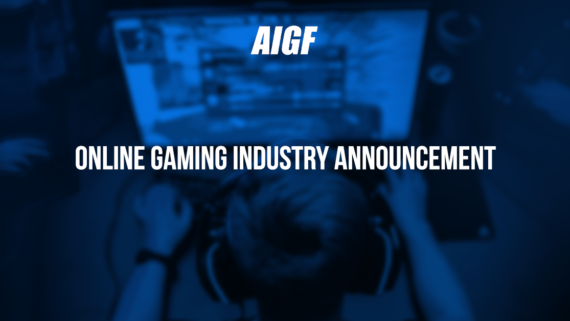
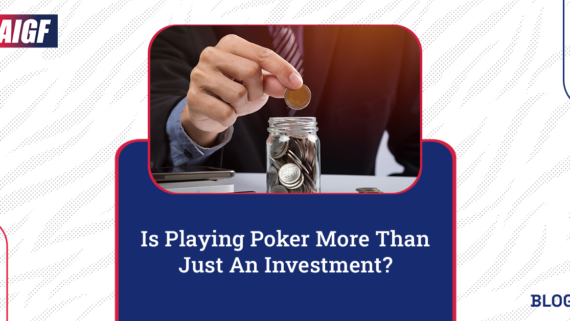
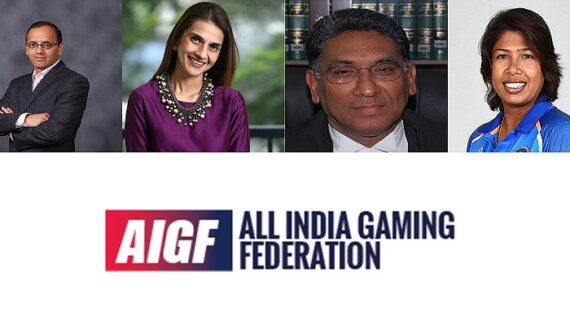

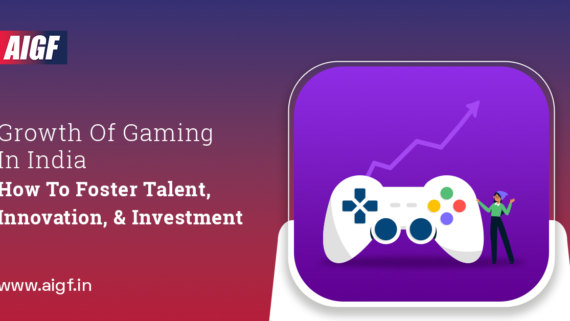
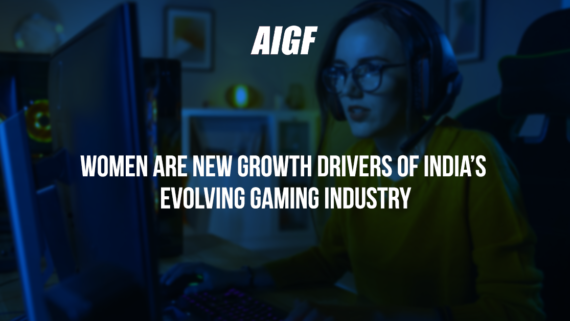
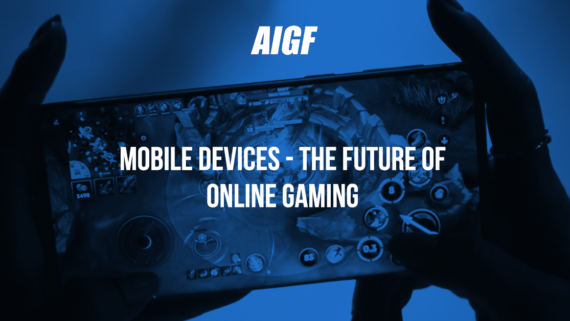
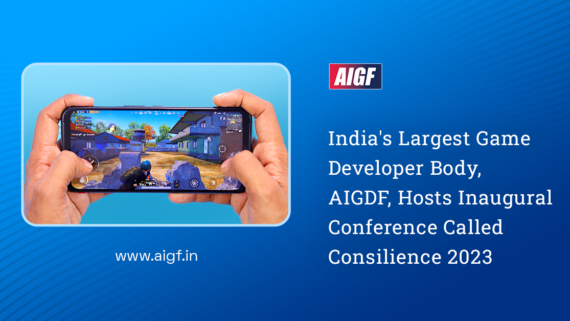
Comments
Comments are closed.